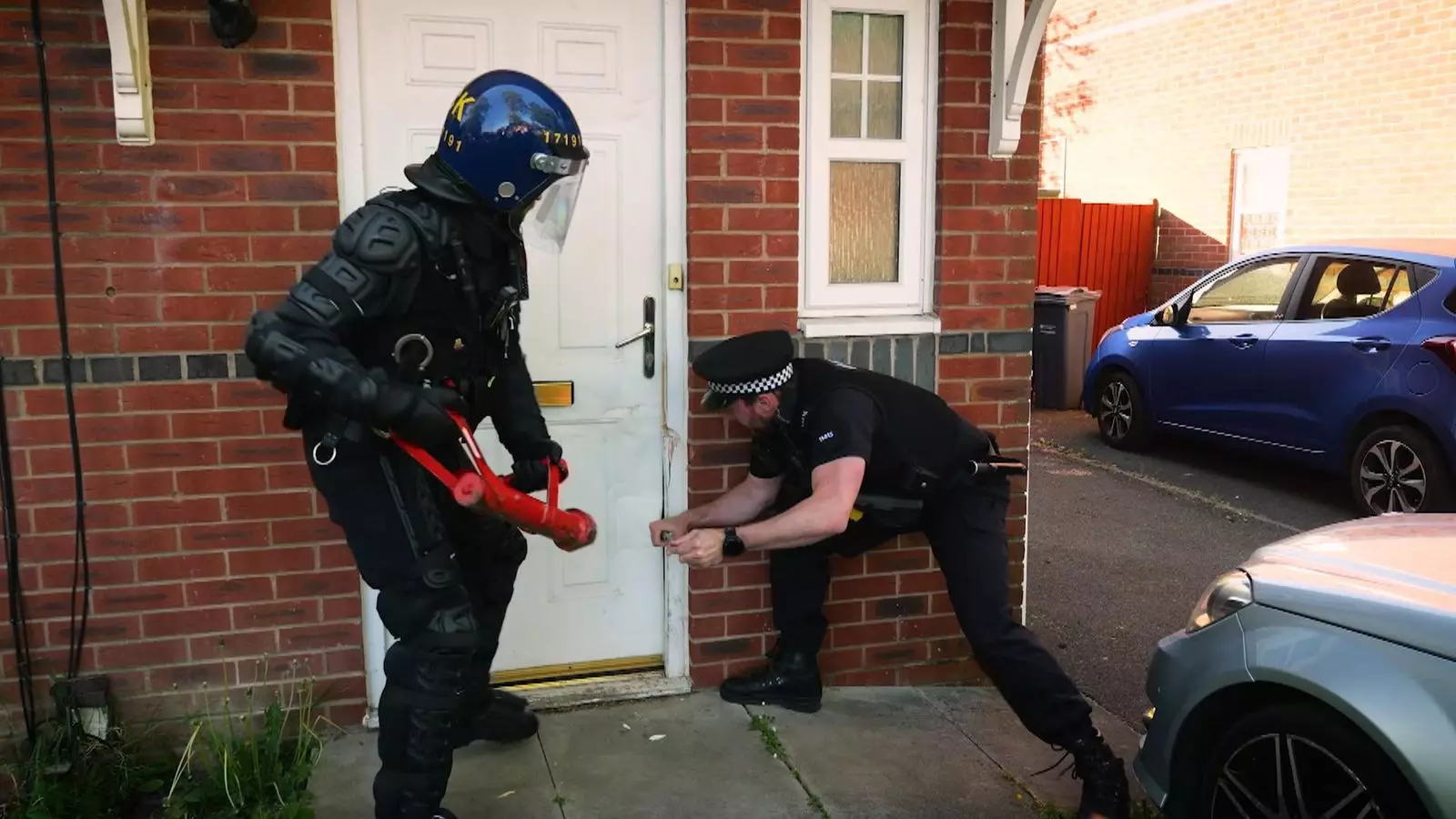The surge of organized criminal gangs utilizing rented residential properties for illicit cannabis cultivation is an alarming issue that has transcended simple drug law violations to become a threat to public safety. The inherent risks posed by these operations extend well beyond the confines of their hidden farms, endangering innocent neighbors and creating a breeding ground for violence and criminality. Contrary to the often-lenient perspective on cannabis, these farms are underpinned by a ruthlessly violent underbelly that few people fully comprehend.
Recent investigations have revealed that these gangs have honed their methods to circumvent electricity usage monitoring, leading to grossly unsafe conditions. This dangerous practice not only threatens the structural integrity of properties but also significantly heightens the risk of catastrophic fires. To the average citizen, the connection between these illegal farms and community safety may not seem apparent at first glance, yet the nexus between organized crime and public risk could not be clearer. The ramifications of failing to address these operations extend far beyond legal ramifications; they culminate in potential tragedy.
Rivalries and Violence: A Disturbing Reality
As law enforcement officials have noted, the internal dynamics of criminal gangs engaged in cannabis production often lead to violent confrontations. Known as ‘taxing,’ these raids see one organized group invading a rival’s territory, inflicting violence on anyone who dares to resist. This cycle of brutality paints a clearer picture of cannabis plants not as benign growths but as profit-laden prizes at the center of a tempestuous battlefield. Indeed, innocent bystanders run the risk of becoming collateral damage in a war few of them ever asked to be part of. The tragedy is not merely theoretical; the violent chaos surrounding these farms culminated in the tragic death of a young boy just last year, a heart-wrenching incident that demanded attention to this growing epidemic.
The gravity of incidents like the explosion that claimed seven-year-old Archie York’s life signals a pressing need for change. His tragic demise underscores the catastrophic potential hidden in seemingly innocuous drug trade practices. Such brutal realities stand in stark opposition to outdated and naive perceptions of cannabis as a harmless substance. The so-called ‘harmless drug’ narrative must be reframed in light of the destructive landscape that organized crime continuously engenders in its wake.
Inadequate Awareness and Responsibility
A baffling aspect of this crisis is the ignorance perpetuated not only among the general public but also within the ranks of those involved in property management. Many landlords fail to recognize the telltale signs of illicit drug operations, opening the doors for criminals to capitalize on unsuspecting landlords’ lack of vigilance. This neglect ultimately falls on the shoulders of communities that bear the consequences of mismanaged properties turning into criminal hideouts.
The sentiment that “it’s only cannabis” reflects an alarming detachment from reality, revealing a dangerous misconception about the threats posed by these farms. Each apprehended grow house signals a momentary victory against crime, yet it only scratches the surface. With organized crime expanding and adapting, it is evident that flippant remarks about cannabis trivialize a reality steeped in danger and violence. People must dissent from this complacency, as failing to do so vilifies the collective responsibility toward communal security.
The Need for Vigilance and Reform
As communities grapple with the ramifications of organized crime infiltrating their neighborhoods, a clarion call emerges for heightened vigilance and proactive responses. The seriousness of the situation demands that authorities, landlords, and residents work together to identify and combat the rise of illegal cannabis farms. Dialogue is essential to educate not only property owners about the symptoms of illicit activities but also civilians who may unknowingly live in proximity to danger.
In advocating for reform, a united front against the organized criminal syndicates overshadowing communities must emerge. Increased awareness campaigns focusing on the severity of these operations can save lives and empower residents to take action. We must demand that the law operate not simply through arrests but also through comprehensive strategies targeting the root structure of these crimes, ultimately dismantling the networks that thrive on violence, exploitation, and unchecked greed. The time for complacency has passed; our communities deserve protection and vigilance against the rising tide of criminality festering in residential spaces.


Leave a Reply